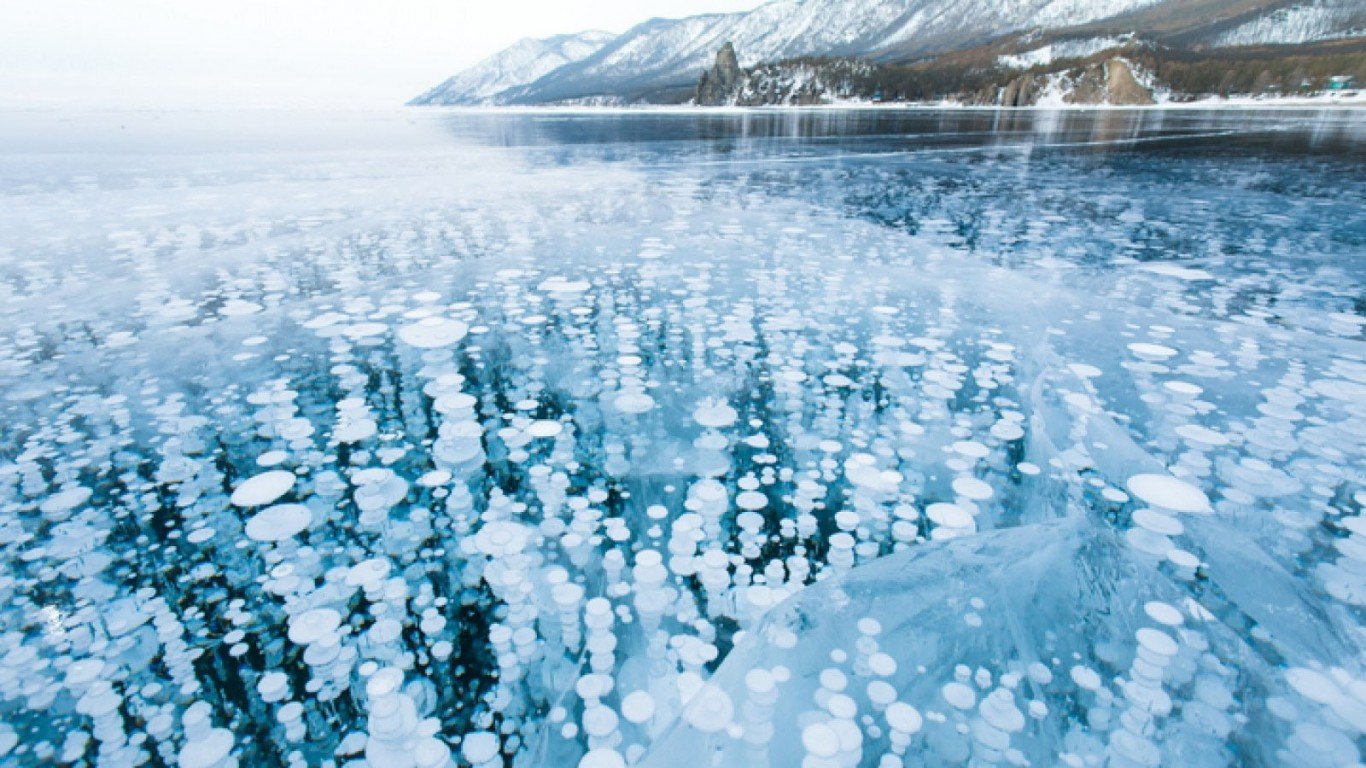1. Arctic
> Tipping point: Reduction in sea ice area
The Arctic loses about 13% of its sea ice every decade, according to the World Wildlife Fund. The region could be ice free in the summer by 2040, making the Arctic one of the most at-risk environments. The Arctic ice cover helps in maintaining Earth’s temperature as the ice reflects light and heat that the ocean would otherwise absorb, keeping the Northern Hemisphere cool, The National Snow and Ice Data Center explains. Loss of Arctic sea ice could lead to further Arctic warming, erosion of Arctic coastlines, and a disturbance of global weather patterns.
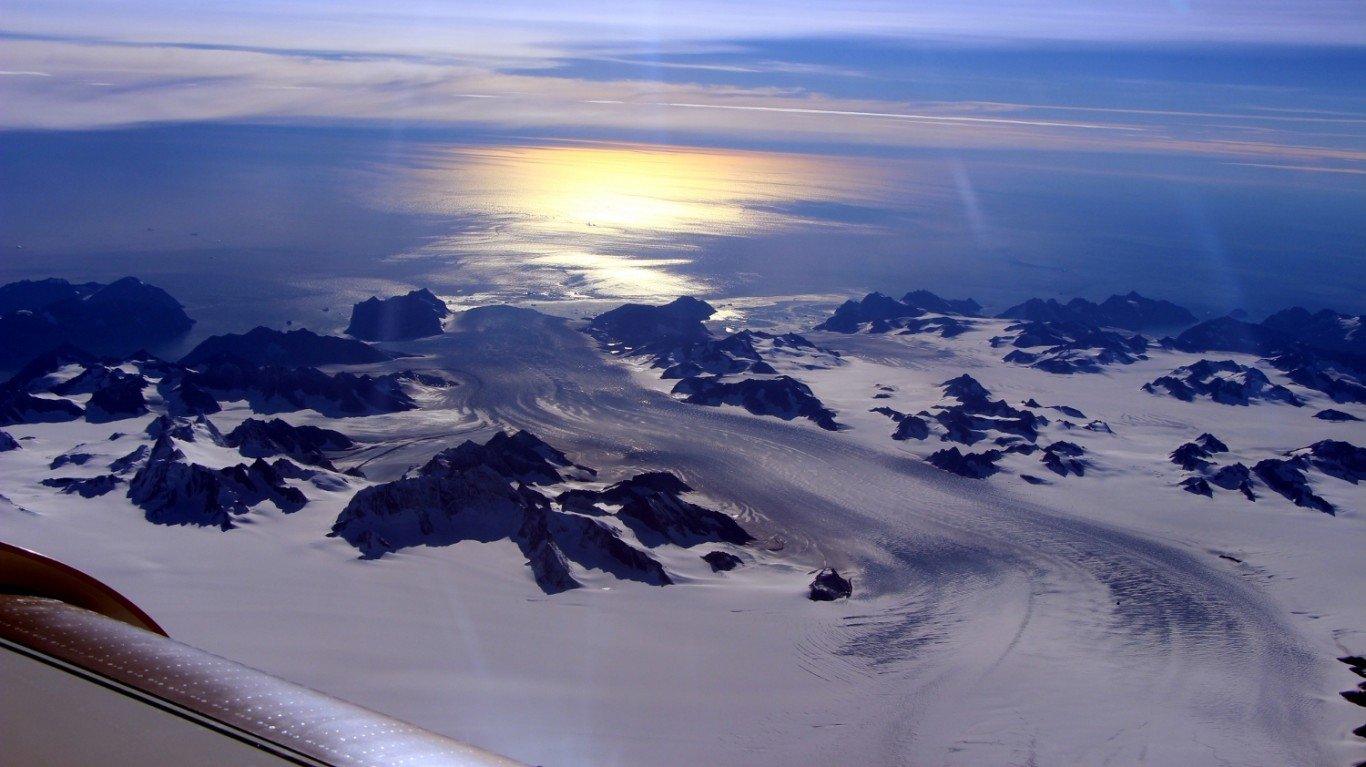
2. Greenland
> Tipping point: Ice sheet loss
When land-based ice sheets melt into the oceans they cause sea levels to rise. Greenland is basically a gigantic ice sheet planted on the world’s largest island. According to NASA, Greenland loses 283 gigatonnes of ice per year, and the Greenland Ice Sheet holds enough water to raise the sea level by 24 feet (7.4 meters).
3. Siberia
> Tipping point: Permafrost thawing
Global warming is having a profound effect on Siberia, the vast and sparsely-populated region of Russia that stores immense amounts of methane in its porous frozen limestone. The region has confronted warmer winter temperatures and seasonal summertime fires. Thawing permafrost in the region has resulted methane, a potent greenhouse gas, being unlocked from the soil at such a rapid pace that scientist call it a “methane time bomb” that is accelerating global warming.
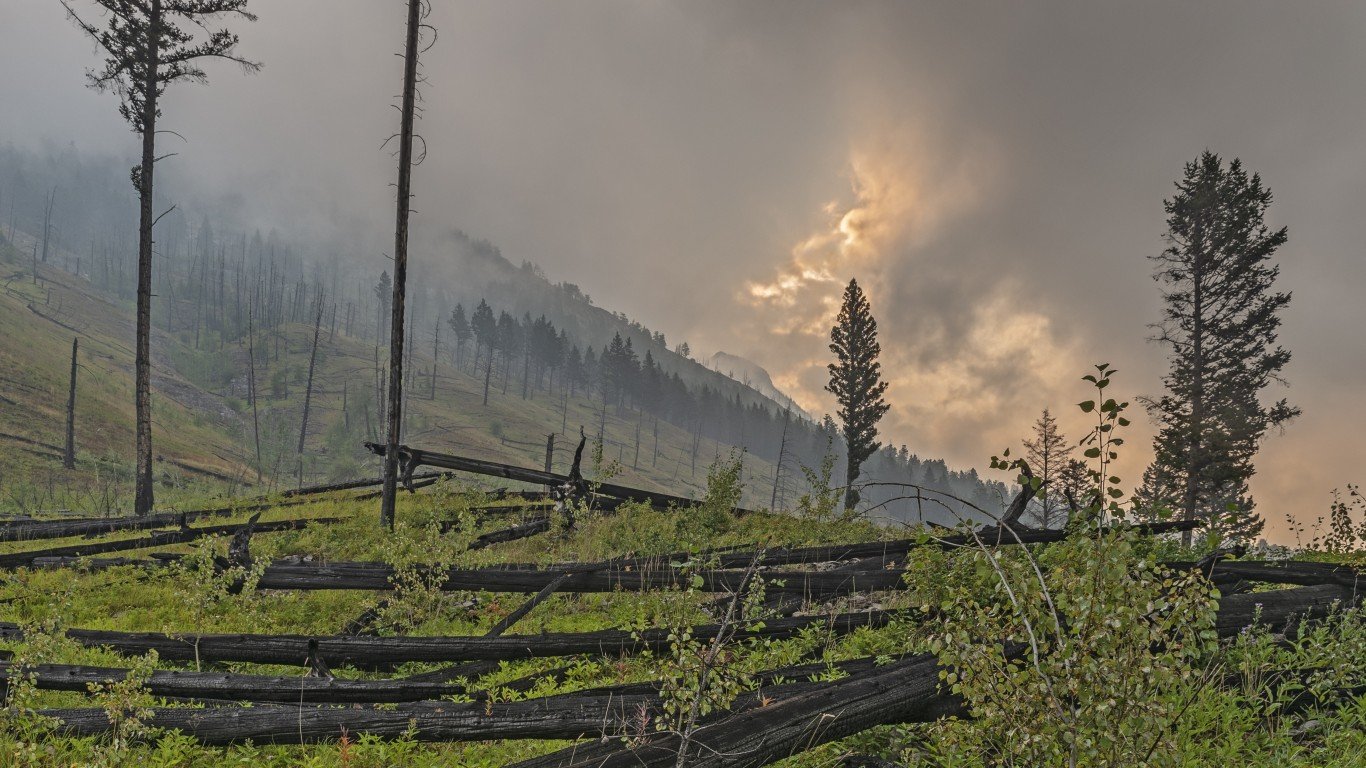
4. Boreal Forest (Canada)
> Tipping point: Lost due to fire
Boreal forests span the frigid subpolar regions of the world, including vast parts of Canada, and like all forests they play an important role in absorbing carbon dioxide. Annual fires in western Canada are disrupting this ecosystem and unlocking its carbon into the atmosphere. In May and June 2019, observers counted more than 17,000 fires in the province of Alberta, the highest number in 20 years.
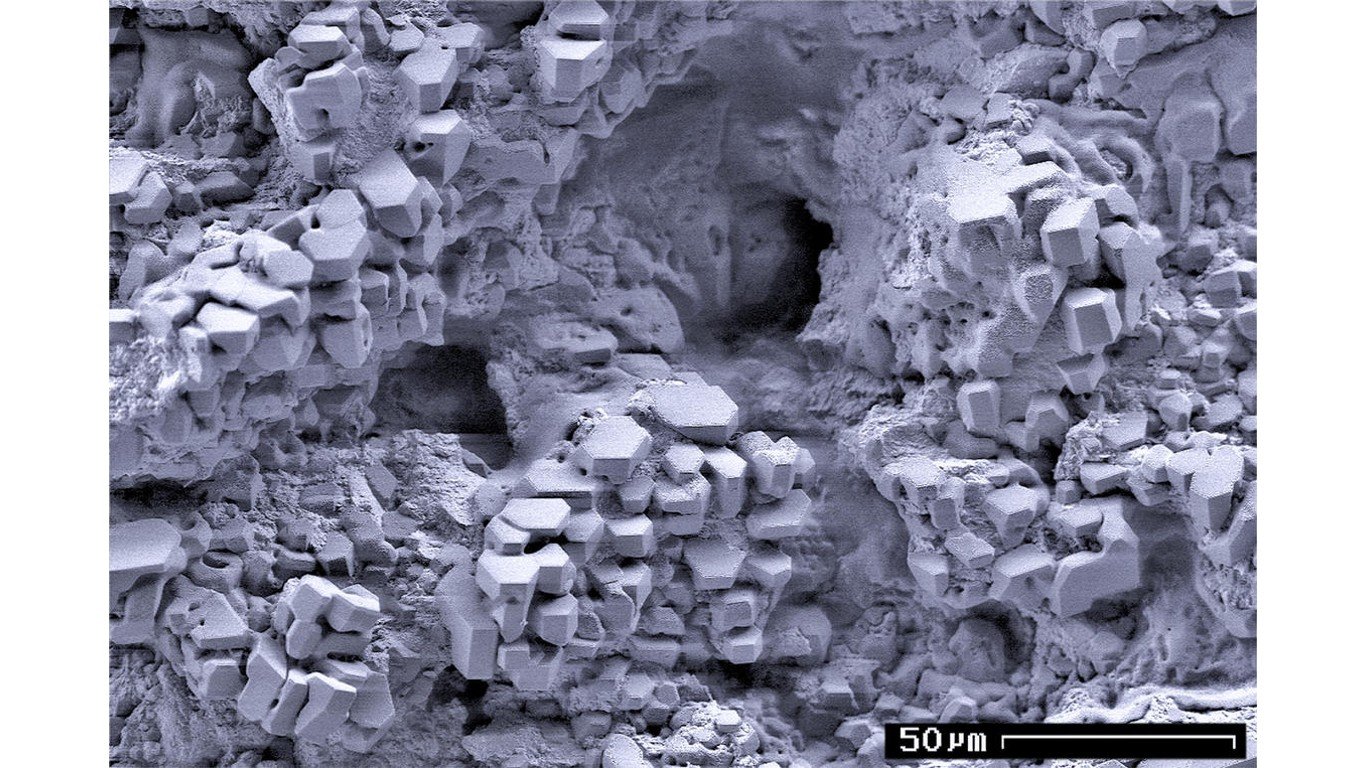
5. Methane clathrates (Pacific Ocean)
> Tipping point: Releasing methane
Methane, a hydrocarbon byproduct of the microbial decay of organic matter, is a potent greenhouse gas. It is locked in the frozen soils of Siberia and trapped beneath the sea floor within the molecular lattice of ice, a solid known as a methane clathrate. As the oceans warm, this methane is released from its icy cells.
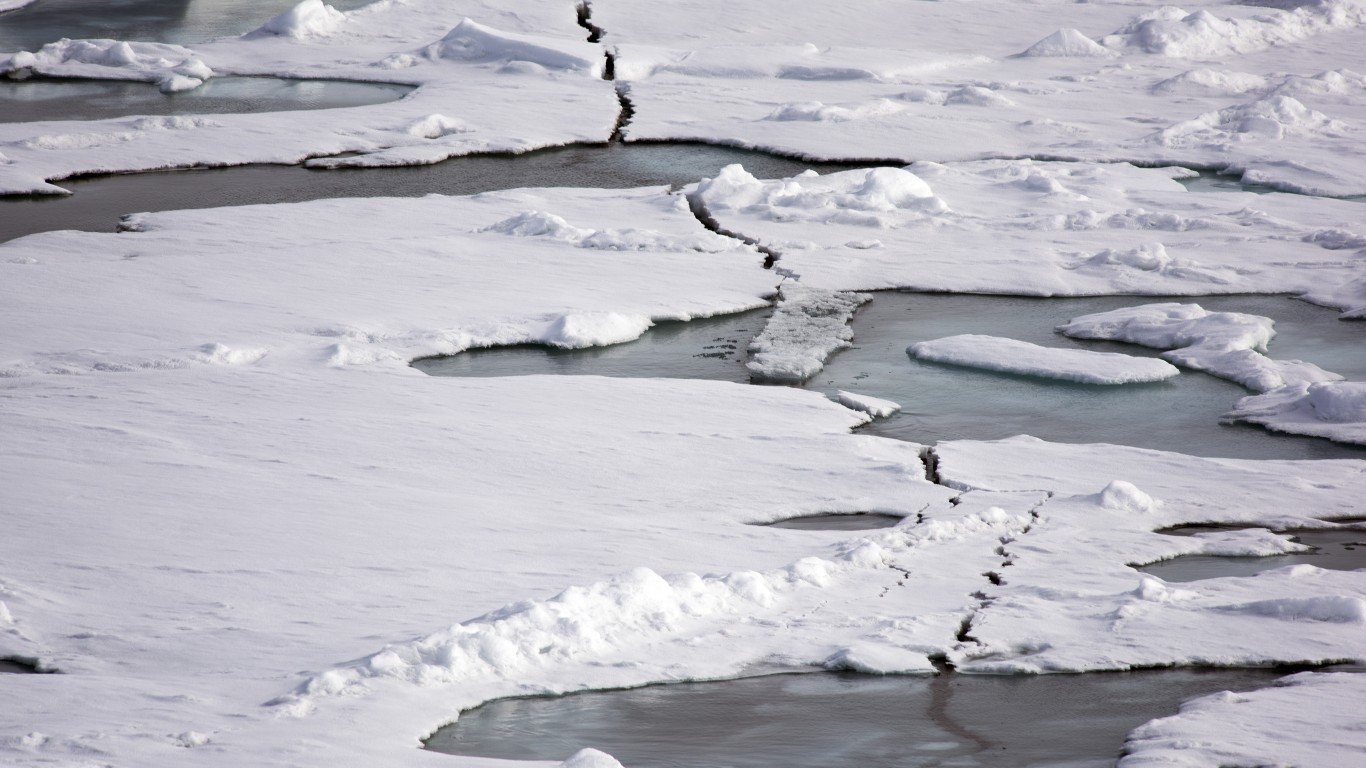

 24/7 Tempo
24/7 Tempo